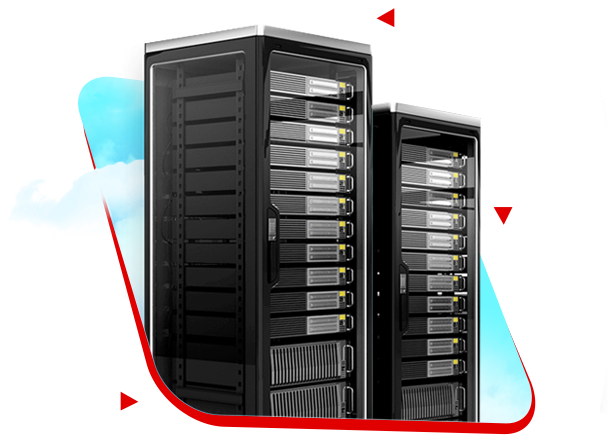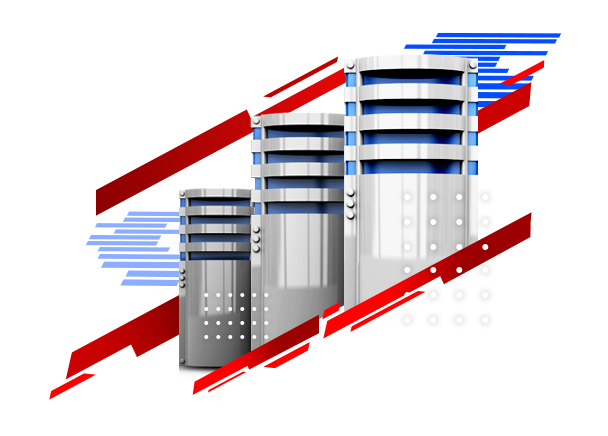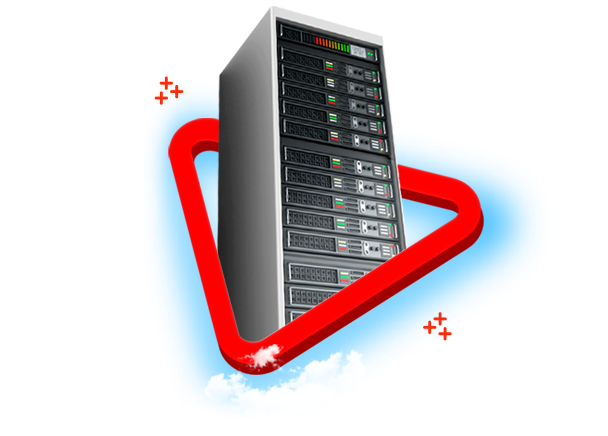
Site downtime occurs when the server does not open our site. This is a difficult experience that all webmasters face. But keep in mind that this does not mean that the server is completely shut down.
What does it mean to donate a site?
Table of Contents
Why websites are downgraded. Server downgrading or site downtime occurs for all sites. The best time to understand this problem is when you are dealing with your site when you suddenly realize the website is down; You can contact the host support and check the problem. But the worst case scenario is that you do not notice the site falling or falling asleep at all, which makes the job harder and also includes a lot of losses in terms of reduced traffic and bounce rate.
Why is down site down an important issue?
As mentioned, site downtime happens on all websites, but if it is repeated constantly, you should be a little worried! Frequent downsizing of the site can have irreparable consequences. For example, in a store website, as the site goes down, in addition to reducing the number of visitors, existing customers also leave the site and visit your competitors’ website.
In summary, the problems that occur after the site is down are:
- Increase dissatisfied customers of the website and services
- Damage the commercial credibility of the website
- Decrease site ranking in search engines
- Loss of potential and current customers
- Decreased income
The reason for making the website down
In the following, we will review a series of reasons why the site became down.
Server Maintenance
Your host and server also needs a series of updates and changes to its software and services at intervals. In this case, your site will be deliberately offline. Usually webmasters try to do this update at times when there is less traffic. That is, the number of visits is minimal. But sometimes it happens the other way around and happens at the peak traffic of your site.
DNS problems
A Domain Name System (DNS) is a system that translates a domain name into an IP address. Minor DNS issues, such as misspellings, can prevent a website from loading, even if the host and other infrastructure work well.
If you have frequent DNS problems, you should look for upgrades to your DNS host. Many hosting companies also offer DNS services. By upgrading the DNS system, you will be given advanced security features, faster servers and many other features, and will have more protection against future crashes.
Server overload
It depends on your host. In a period of time, it is possible for your site to receive the maximum amount of incoming traffic, in which case the so-called site will be overloaded or overflowed. If your hosting plan does not have the ability to control traffic. You are no longer available.
Technical coding errors
Sometimes technical and coding errors can cause the site to become down. For example, if your editor is WordPress, if you do not type just one piece of code, then the site will be offline.
Site hacking
If you have not used secure protocols such as Https in Backend or coding. DDos attacks may occur and a hacker may try to take the site offline by entering a large amount of traffic. By not following the security protocols, you have opened the way for hackers to infiltrate and they can easily control your site.
CMS problems
Content management system (CMS) simplifies the design and construction of the website and the publication of content. CMS usually uses plugins, themes and other tools that add special features to the site. Unfortunately, the incompatibility of some of these items with each other can cause the site to crash or down.
For example, when you update your site theme, this new version should be compatible with your CMS and server. Otherwise, it could cause the website to crash.
There are two ways to avoid CMS problems. The first way is to get rid of old themes and plugins and get plugins and themes from trusted sources.
The second way is to make regular backups of your website. If there is a problem with the site, you can use the backup.
DDoS attack
DDoS or Distributed Denial of Service attacks occur when a large amount of traffic is hacked into a website and made inaccessible. Hackers cause the site to crash by increasing the volume of traffic and occupying bandwidth and server resources. Therefore, if the site security protocols are not high, the site will be extremely vulnerable to these attacks.

Use CDN
CDNs (Content Delivery Networks) are used as a layer between the server and users that increase the speed and ease of access to the site. CDN operates a network of cache servers in various locations around the world to store a copy of the site content so that users can access the site more quickly.
In this way, the CDN acts as a buffer that can display it to users even when the site is down. In addition, CDN is a useful solution for short cuts, it can also prevent malicious bots from entering the site, and it can also help filter the site traffic by analyzing IP addresses.
Backup
Getting regular backups of data should be part of your routine as there is always the possibility of the site going down or down. Therefore, it is important to make a backup and save the data locally and in the cloud if possible. Many hosting providers offer tools for backing up site data.
Cheap and free hosting
In this case, if you are really confident in the quality of your coding and site. So most likely the problem is from the server and host. This could mean that your hosting is not capable of managing traffic and is not of good quality. This happens a lot with free hosting.
Methods to prevent site downtime
Choosing the right host
Choosing the right host is the most important factor in maintaining your website on the Internet and your progress in content marketing. The following services should be provided to you by a good hosting so that you are always in uptime mode.
- They use fast and high performance servers.
- Having a great configuration and settings to have an optimal site
- Use a backup server when the main server is slow or down.
- Ability to monitor to prevent and eliminate malware and hacking
- Update and clean up the operating system.
Software updates
Hackers and cybercriminals use and target CMS software, themes and plugins. The best way to prevent this is to set up automatic updates. In this case, you no longer have to worry about updating them.
Website monitoring
Using the monitoring and monitoring services provided to you by the company. By installing the plugin, you can easily see if you are offline or if another problem occurs and try to fix it.
Pluralization
Website, the face of your business. A website crash can damage the credibility of your business, and as a result, drive customers away from you and ultimately reduce your revenue.
Although site downtime is inevitable, prevention methods are very simple. No hosting provider can guarantee 5% uptime. Even sites like Facebook, Instagram and Twitter rarely crash websites.
CATEGORY:Blog











